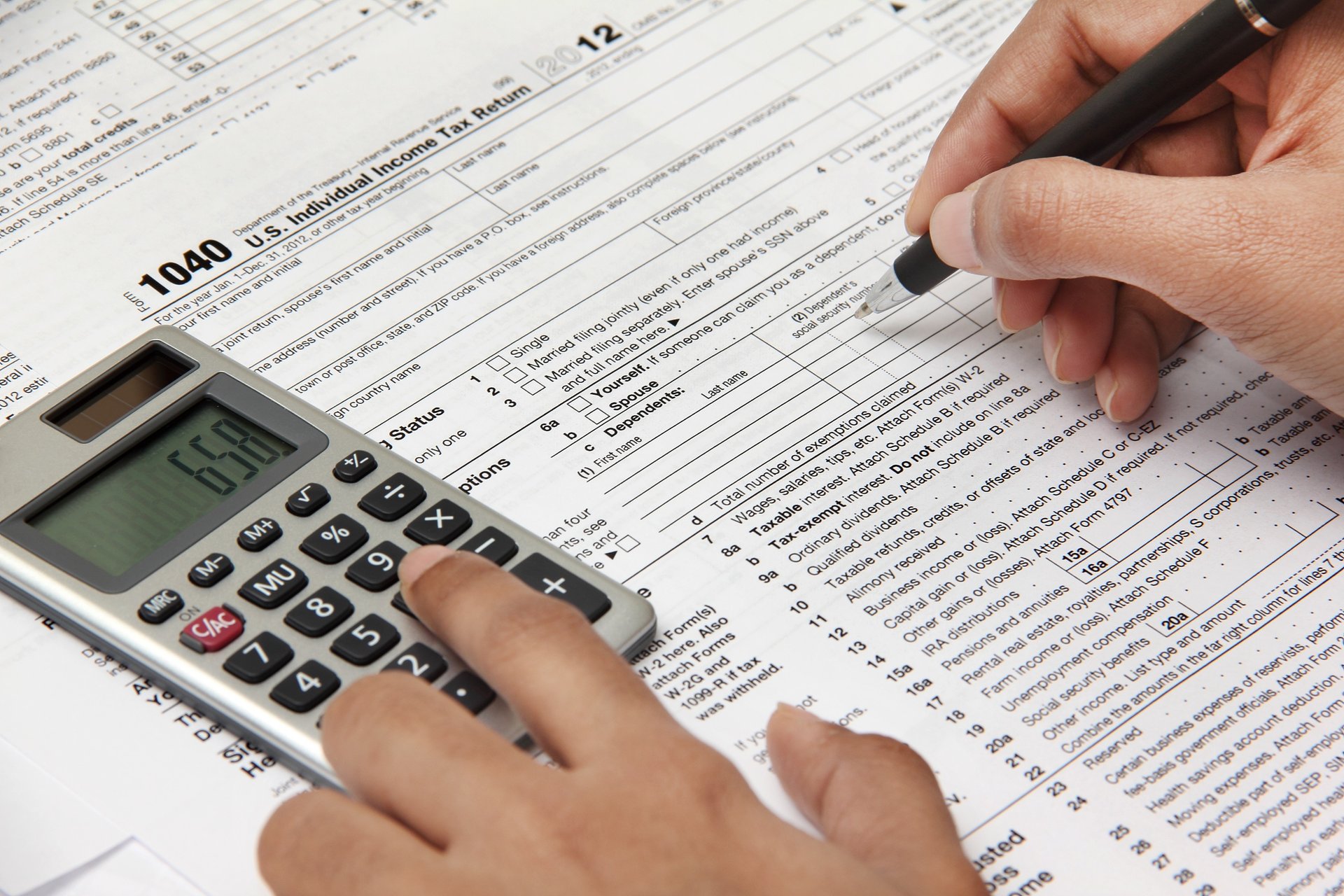
Republican leaders in Congress finalized their tax reform bill Friday.
This latest version of the Tax Cuts and Jobs Act resolves differences between prior versions passed by the House of Representatives in November and the Senate in early December.
If the new bill becomes law, it will mark the first overhaul of the U.S. tax code since President Ronald Reagan signed the 1986 Tax Reform Act into law.
After the House and Senate passed differing legislation in recent weeks, a special congressional committee was established to merge them into one new bill.
The committee had yet to issue a public announcement as of Friday afternoon, but national media outlets including the Associated Press and Reuters reported Friday that committee members had signed off on that finalized legislation.
That clears the way for the House and Senate to vote on the final version. Republican leaders hope both chambers will vote on it next week, according to Reuters.
If both chambers pass the latest version of the bill, it will then advance to President Donald Trump’s desk. He is widely expected to sign it into law.
What’s in the new bill?
Reuters reports that Rep. Kevin Brady (R-Texas), chairman of the House Ways and Means Committee and the special Tax Cuts and Jobs Act committee, said the final bill would be published when the entire House meets at 5:30 p.m. ET today.
Once it is published, the public should be able to find links to it on the bill’s Congress.gov webpage, if not also on the Ways and Means Committee website.
Details of the finalized tax bill have already started to emerge from reporters present when the special committee met today, however.
The AP reports that finalized details include:
- Reducing the top tax rate for individuals from 39.6 percent to 37 percent. This means Americans with the highest incomes would owe 37 percent of their taxable income to the IRS rather than 39.6 percent. But the tax cuts for individuals would be temporary, expiring in 2026.
- Reducing the corporate tax rate from 35 percent to 21 percent. The corporate tax cuts would be permanent.
- Roughly doubling the standard deduction, which would raise it to $24,000 for married couples. This means such tax filers would not owe federal income taxes on the first $24,000 of their income.
- Reducing the deduction for state and local taxes. A family could deduct only up to $10,000 in property taxes and local income taxes.
- Enabling business owners who report business income on their personal tax returns to deduct 20 percent of that income.
- Repealing Obamacare’s individual mandate, which requires most Americans to have health insurance.
Overall, the final tax overhaul bill is expected to reduce taxes by about $1.5 trillion in the next decade. In other words, the federal government would bring in $1.5 trillion less in revenue through federal income taxes, which could lead to an increase in the national debt.
What’s your take on this news? Sound off by commenting below or over on our Facebook page.




Add a Comment
Our Policy: We welcome relevant and respectful comments in order to foster healthy and informative discussions. All other comments may be removed. Comments with links are automatically held for moderation.